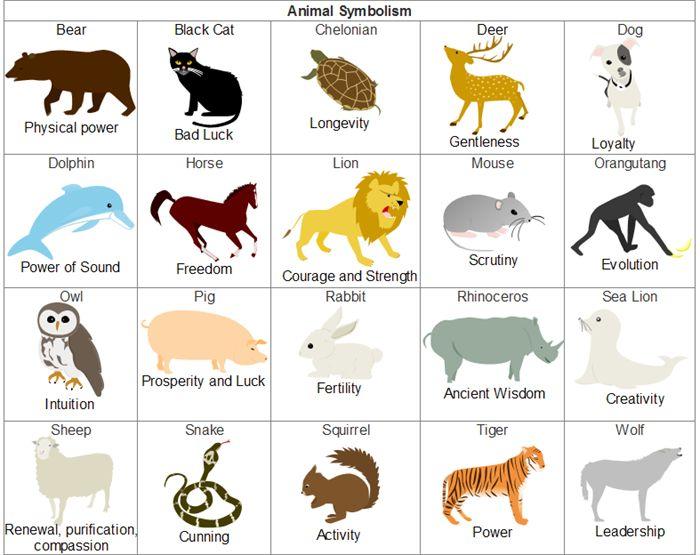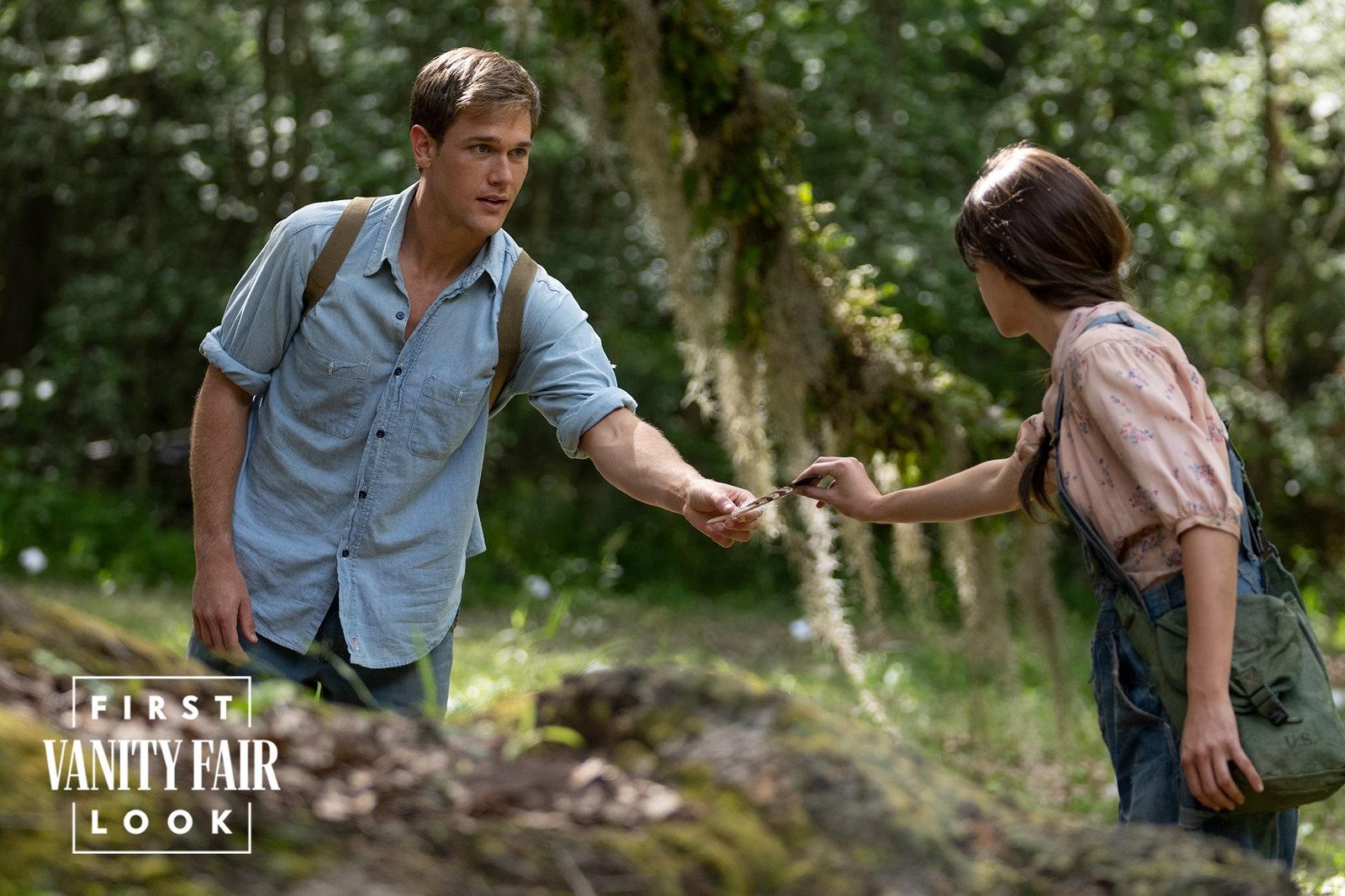In the realm of contemporary literature, few works have captured the intricate interplay between the natural world and the human condition as poignantly as Delia Owens’ “Where the Crawdads Sing.” Set against the backdrop of the lush, untamed marshlands of North Carolina, the novel intricately weaves themes of nature and solitude into the fabric of its narrative, inviting readers to explore the profound connections between environment and emotion. This article delves into the ways Owens masterfully employs the natural setting not merely as a backdrop but as a dynamic character in its own right, reflecting and amplifying the protagonist’s journey through isolation and self-discovery. Through a careful analysis of the novel’s depiction of the natural world and its thematic exploration of loneliness, we uncover the subtle yet powerful ways in which “Where the Crawdads Sing” resonates with universal human experiences, offering insights into the resilience and vulnerability that define our existence.
Exploring the Interconnection of Nature and Solitude in Where the Crawdads Sing
In Delia Owens’ Where the Crawdads Sing, the intricate dance between the natural world and human solitude is portrayed with remarkable sensitivity. The marshlands serve as more than just a backdrop; they are a living, breathing entity that mirrors the protagonist Kya’s inner world. The flora and fauna are described with meticulous detail, creating a symbiotic relationship where nature and solitude are intertwined. Nature is not merely a setting but a character in itself, reflecting Kya’s isolation and resilience. As she navigates her life, the marsh becomes her sanctuary, offering both refuge and a sense of belonging that she struggles to find in the human world.
- The marshland: A symbol of Kya’s emotional landscape, vast yet isolating.
- Wildlife interactions: Highlight her connection and understanding of the world around her.
- Seasonal changes: Mirror the transformations within Kya’s life, from childhood to adulthood.
Through Kya’s eyes, readers are invited to explore the delicate balance between loneliness and the solace found in nature. Her interactions with the environment are a testament to her resilience and adaptability, demonstrating how solitude can foster a deeper connection with the natural world. Owens crafts a narrative that underscores the healing power of nature, suggesting that while human connections may falter, the bond with the natural world can provide a profound sense of peace and continuity.
Analyzing the Role of the Marshland Setting in Shaping Emotional Depth
The marshland in Where the Crawdads Sing is more than just a backdrop; it is a living, breathing entity that profoundly influences the narrative’s emotional landscape. This natural setting acts as a mirror to the protagonist’s inner world, where the expansive solitude of the marsh reflects Kya’s isolation from society. The vast, untamed wilderness of the marsh provides a sanctuary, yet it also accentuates her loneliness. Through its dense foliage and intricate waterways, the marsh represents both protection and confinement, shaping Kya’s emotional journey as she navigates her existence on the fringes of human interaction.
- Symbol of Isolation: The marsh is depicted as a place that is both isolating and liberating, a duality that mirrors Kya’s own experiences of alienation and freedom.
- Emotional Resonance: The cyclical rhythms of nature in the marsh—its tides, seasons, and wildlife—echo the emotional ebbs and flows of Kya’s life, providing a poignant backdrop to her struggles and triumphs.
The marshland’s omnipresence in the narrative enhances the emotional depth by serving as a constant reminder of the thin line between solitude and loneliness. Its role as a nurturing yet indifferent force underscores the resilience required to find solace in one’s own company, adding layers to Kya’s character development and emotional resilience. This complex interplay between setting and emotion underscores the novel’s exploration of the intrinsic connection between nature and the human spirit.

Examining the Symbolism of Wildlife in Depicting Isolation
In Delia Owens’ novel, wildlife is more than a backdrop; it is a profound symbol of the protagonist’s isolation. The marshland, teeming with creatures yet devoid of human presence, mirrors Kya’s solitude. The birds, for instance, embody the duality of her existence. Just as they are free to soar yet bound by their instinctual patterns, Kya experiences a sense of liberation in her isolation but is also tethered to the societal constraints and judgments she desperately wishes to escape.
Consider the crawdads, which represent resilience in harsh environments. They thrive in seclusion, much like Kya who learns to navigate her loneliness by drawing strength from the natural world around her. The marsh becomes a sanctuary, with its creatures offering companionship and lessons in survival. In this way, the wildlife serves as both a reflection of Kya’s inner world and a means for her to find connection and understanding in a world that often feels alienating.
- Birds: Symbolize freedom and confinement
- Crawdads: Represent resilience and survival
- Marshland: Acts as a sanctuary and mirror of isolation

Understanding Character Development Through Environmental Influence
In Delia Owens’ evocative novel, the intricate tapestry of character development is profoundly interwoven with the natural environment, showcasing how the wild and isolated marshlands shape the protagonist, Kya Clark. The untamed beauty of the North Carolina marshlands is not just a backdrop but a pivotal force that molds Kya’s identity. Nature serves as both a sanctuary and a teacher, offering her solace and wisdom in a world that has largely abandoned her. The flora and fauna of the marsh become her companions, filling the void left by human absence, and teaching her the art of survival and resilience.
- Isolation and Loneliness: The marsh’s isolation mirrors Kya’s own loneliness, providing a reflective surface for her inner world.
- Adaptation and Survival: The adaptability of wildlife in the marsh influences Kya’s ability to adapt to her circumstances, learning to live off the land.
- Empathy and Connection: Through her connection with the environment, Kya develops an empathetic understanding of the natural world, blurring the lines between human and nature.
Through Kya’s journey, Owens illustrates the profound impact of environmental influences on personal growth, highlighting how the landscape itself becomes a character that shapes and defines her existence. The marsh is not merely a setting but a catalyst for Kya’s transformation, illustrating the powerful synergy between character and environment.
